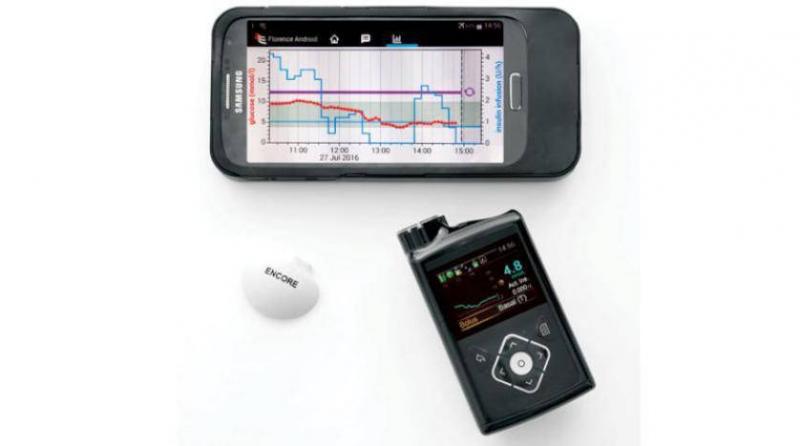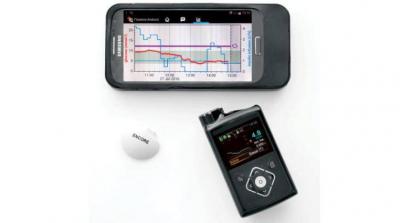An artificial pancreas developed by a team of researchers from Cambridge, UK, has aided very young children with type 1 diabetes during challenging times. A study published yesterday in the New England Journal of Medicine found it to be safe for use and more effective in managing blood sugar levels compared to current technology.
Managing type 1 diabetes in very young children presents challenges due to several factors, including significant variations in required insulin levels, how children respond to treatment, and unpredictable eating and activity patterns. Children are particularly at risk of both dangerously low blood sugar levels and high blood sugar levels.
To manage glucose levels in children, doctors are increasingly turning to devices that continuously monitor glucose levels and deliver insulin through a pump that administers insulin via a medical cannula inserted into the skin. These devices have shown some success in older children, though not in very young ones.
Current technology requires "sensor-augmented pump therapy" in which parents must manually check their children's glucose levels using a monitor and adjust the amount of insulin delivered by the pump.
Roman Hovorka from the Wellcome-MRC Institute of Metabolic Science at the University of Cambridge developed the (CamAPS FX) app that works in conjunction with a glucose monitor and insulin pump, functioning as an artificial pancreas. It automatically adjusts the amount of insulin delivered based on expected or real-time glucose levels. It operates as a "hybrid closed-loop system," meaning that a caregiver needs to administer insulin at mealtimes, but at all other times, the algorithm operates independently, with no commercially available versions yet.
By working at seven centers in the UK and Europe, Hovorka and an international team of researchers recruited 74 children with type 1 diabetes aged between one and seven years to participate in their trial. The experiment compared the safety and efficacy of the artificial pancreas with sensor-augmented pump therapy, with all children using the artificial pancreas for 16 weeks followed by 16 weeks of control therapy (sensor-augmented pump therapy).




